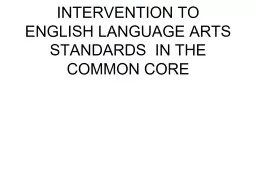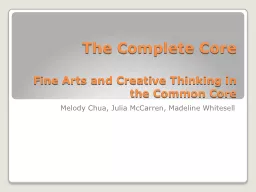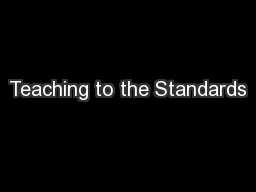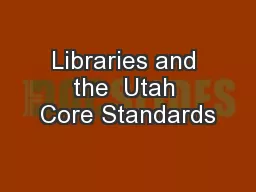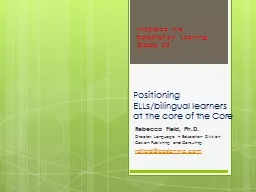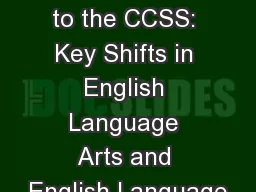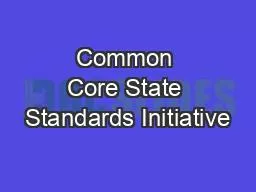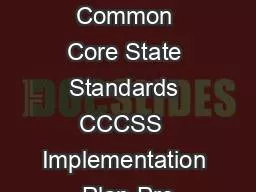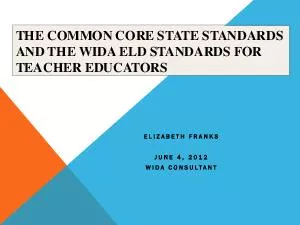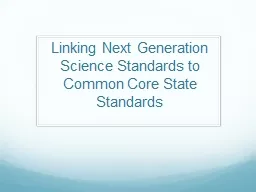PPT-LINKING LANGUAGE INTERVENTION TO ENGLISH LANGUAGE ARTS STANDARDS IN THE COMMON CORE
Author : aaron | Published Date : 2018-03-20
Power Point Outline I Review of Purpose of Common Core State Standards II Practical Intervention Strategies Speaking and Listening Standards III Practical Intervention
Presentation Embed Code
Download Presentation
Download Presentation The PPT/PDF document "LINKING LANGUAGE INTERVENTION TO ENGLISH..." is the property of its rightful owner. Permission is granted to download and print the materials on this website for personal, non-commercial use only, and to display it on your personal computer provided you do not modify the materials and that you retain all copyright notices contained in the materials. By downloading content from our website, you accept the terms of this agreement.
LINKING LANGUAGE INTERVENTION TO ENGLISH LANGUAGE ARTS STANDARDS IN THE COMMON CORE: Transcript
Download Rules Of Document
"LINKING LANGUAGE INTERVENTION TO ENGLISH LANGUAGE ARTS STANDARDS IN THE COMMON CORE"The content belongs to its owner. You may download and print it for personal use, without modification, and keep all copyright notices. By downloading, you agree to these terms.
Related Documents

